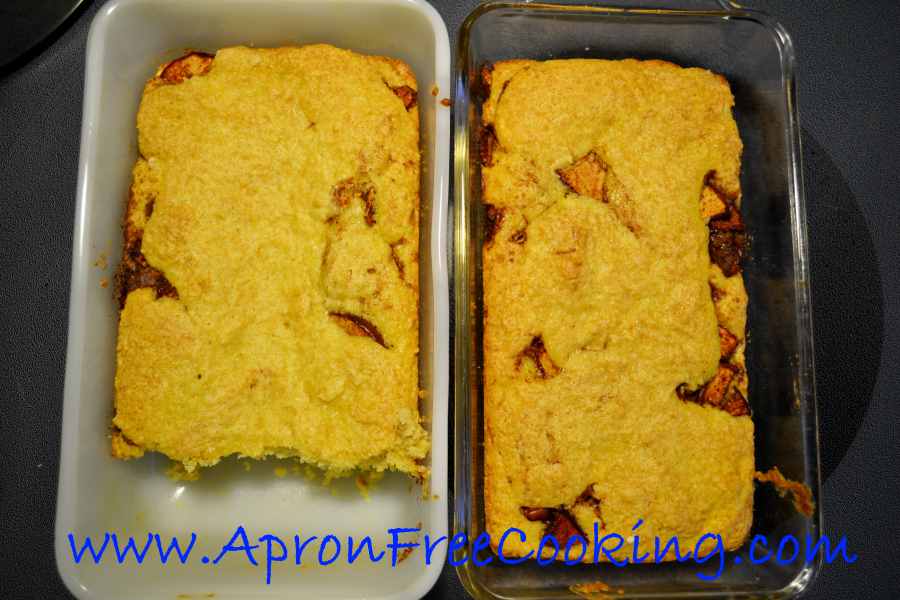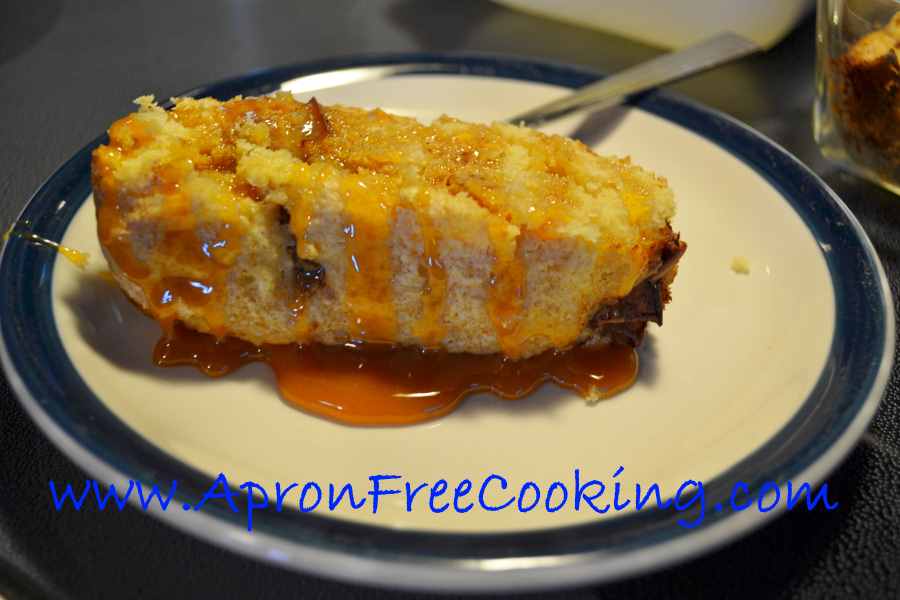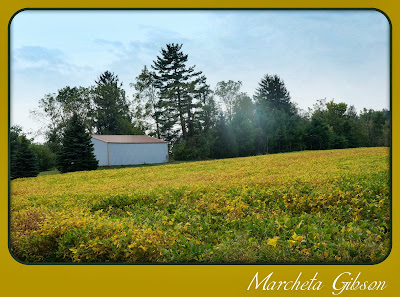“It's time to walk to the cider mill
Through air like apple wine,
And watch the moon rise over the hill,
stinging and hard and fine.”
~ Stephen Vincent Benét, John Brown’s Body
Through air like apple wine,
And watch the moon rise over the hill,
stinging and hard and fine.”
~ Stephen Vincent Benét, John Brown’s Body
Part 4
Thirty bushels of apples have been picked, sorted, loaded, driven to the cider mill, unloaded, washed, chopped, mashed, and squeezed. Their dry innards have been fed to cows. What's left?
Why, the good part, that's what!
Every drop of juice gets piped to a large holding tank that is fitted with a row of spigots.
Bottling (or in this case, jugging) the cider is not quite as hairy of a chore as the one Lucy and Ethel faced with trying to keep up with boxing chocolates, but it does take a certain rhythm and several people to do the job efficiently. The good part about it is that if for some reason a person gets behind, say in capping for instance, each individual spigot can be opened and closed when needed. Jim never likes to be idle, so he generally helps bottle the cider.
Remember the big crates? Now empty of apples, it begins to fill with the finished product.
The jugs get rinsed off before adding another layer. When the order has been completed, the crate is then hauled back to the loading dock, and each jug has to be taken out and placed in the crates that we used for bringing the apples to the mill.
The 30 bushels of apples are now 112 gallons of fresh, sweet apple cider. All that is left for us is to hustle to get it sold. Some of our loyal customers have been with us from the start and, to them, getting their "Gibson Cider" means that Autumn is truly here. I am so thankful for them, as well as our newer customers and, of course, NorthSide Farmers Market. Our work would not be possible without them.
If you think that I am done blabbing about cider...better think again! Sure, apple cider is delicious as is, but it does not need to stop there. The next post will give recipe ideas.
Marcheta *...work is never done, never done.....



































